Home>Garden Essentials>How Long Does It Take For Elephant Ears To Germinate
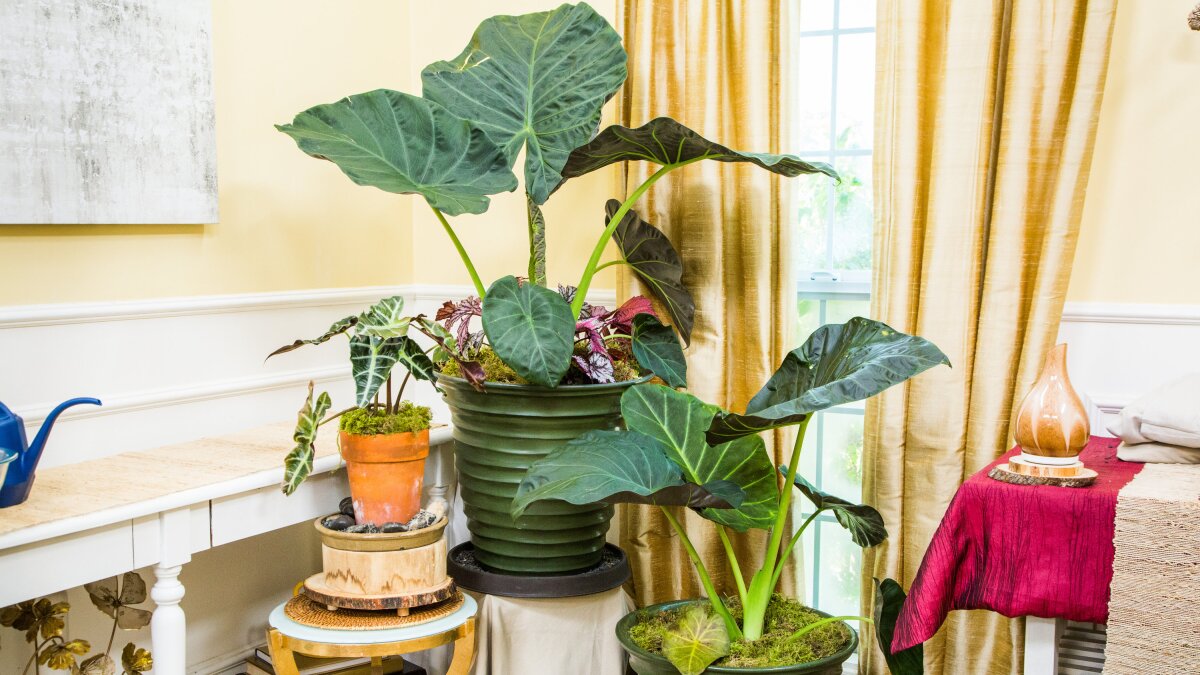

Garden Essentials
How Long Does It Take For Elephant Ears To Germinate
Modified: March 16, 2024
Discover how long it takes for elephant ears to germinate in your garden. Learn the key factors affecting germination time and optimize your gardening journey.
(Many of the links in this article redirect to a specific reviewed product. Your purchase of these products through affiliate links helps to generate commission for Storables.com, at no extra cost. Learn more)
Introduction
Welcome to the world of gardening, where the beauty and serenity of nature can be brought right into your own backyard. If you have a passion for growing plants, then you’re probably familiar with the excitement and anticipation of waiting for seeds to germinate. Today, we’re going to talk about the fascinating journey of elephant ears germination.
Elephant ears (Colocasia esculenta) are large, tropical plants known for their broad, heart-shaped leaves that bear a striking resemblance to the ears of an elephant. These plants can add a touch of exotic elegance to any garden or indoor space. However, before you can witness the grandeur of mature elephant ears, you need to start with the germination process.
In this article, we’ll explore the various factors that affect elephant ears germination, discuss the time it takes for these seeds to sprout, take a closer look at the germination process, and provide you with some valuable tips to ensure successful germination. So, let’s dive in and unravel the secrets of elephant ears germination.
Key Takeaways:
- Elephant ear seeds take 2 to 4 weeks to sprout. Providing warm temperatures, moist soil, and darkness can speed up the process. Be patient and enjoy the journey of watching them grow!
- To ensure successful germination, use fresh, high-quality seeds, maintain optimal temperature and moisture levels, and be mindful of potential challenges like low germination rates and pest infestations.
Read more: How To Store Elephant Ears
Importance of Elephant Ears Germination
Germination is a crucial stage in the life cycle of plants, and for elephant ears, it holds significant importance. Here are a few reasons why elephant ears germination is essential:
- Growth and Development: Germination is the starting point for the growth and development of elephant ear plants. It is the process through which a seed transforms into a seedling, which eventually grows into a mature plant with its iconic large leaves.
- Propagation: Germination is the primary method for propagating elephant ears. By germinating seeds, gardeners can produce new plants and expand their collection without relying solely on purchasing mature plants or separating bulb offsets.
- Genetic Diversity: Germination plays a vital role in maintaining and diversifying the genetic pool of elephant ears. By allowing seeds to germinate, gardeners have the opportunity to grow different varieties, which can bring unique colors, sizes, and leaf patterns to their garden.
- Adaptation to Climate: Germination helps elephant ear plants adapt to different growing conditions and climates. By starting the germination process indoors, gardeners can give the seeds a head start before transplanting them outside, which can be especially beneficial in regions with shorter growing seasons.
- Pleasurable Experience: Germinating elephant ears from seeds can be a rewarding and enjoyable experience for gardeners. Watching the seeds sprout and grow into vibrant seedlings provides a sense of satisfaction and accomplishment. It allows for a deeper connection with the plant’s life cycle and a greater appreciation for nature.
Understanding the importance of germination can motivate gardeners to pay attention to the specific requirements of elephant ear seeds and provide them with the optimal conditions for successful growth. Let’s explore some of the factors that impact the germination process in the next section.
Factors Affecting Elephant Ears Germination
Several factors can influence the germination process of elephant ears. It’s important to be aware of these factors and provide the appropriate conditions to ensure successful germination. Here are the key factors that can affect elephant ears germination:
- Temperature: Elephant ears thrive in warm temperatures, typically between 75-85°F (24-29°C). Germination is most successful when the soil temperature remains consistently within this range. Using a propagation mat or placing the seeds in a warm environment can help maintain the optimal temperature for germination.
- Moisture: Adequate moisture is crucial for germination. The soil should be moist, but not waterlogged, throughout the germination period. It’s important to monitor and maintain consistent moisture levels to prevent the seeds from drying out or becoming too saturated.
- Light: Elephant ear seeds do not require light for germination. In fact, they typically germinate better in darkness. It’s best to cover the seeds with a thin layer of soil to block out light and promote successful germination.
- Soil Quality: Good soil quality is essential for successful germination. Elephant ears prefer well-draining, rich, and fertile soil. Before sowing the seeds, ensure that the soil is loose, nutrient-rich, and free from any compacted or heavy clay. Adding organic matter, such as compost or well-rotted manure, can improve soil quality and provide a favorable environment for germination.
- Seed Quality: The quality of the seeds can significantly impact germination success. It’s important to choose fresh, high-quality seeds from a reputable source. Old or improperly stored seeds may have reduced viability, leading to lower germination rates.
- Seed Pre-treatment: Some gardeners opt for pre-treating elephant ear seeds to enhance germination. Scarification, which involves nicking or scratching the seed coat, can help break dormancy and promote quicker germination. Soaking the seeds in warm water overnight or using a seed priming technique can also aid in germination.
By considering these factors and providing the optimal conditions, you can significantly increase the chances of successful germination for your elephant ear seeds. In the next section, we’ll explore the typical germination time for elephant ears.
Germination Time of Elephant Ears
The germination time of elephant ear seeds can vary depending on various factors, including the quality of the seeds, environmental conditions, and the specific variety of elephant ear plant. On average, it takes about 2 to 4 weeks for elephant ear seeds to germinate.
During this time, the seeds will undergo a process of swelling and cracking as moisture penetrates the seed coat, signaling the beginning of germination. Once the seed coat has split, a tiny white root called the radicle will emerge, followed by the growth of the first set of leaves.
It’s important to note that germination time can be influenced by factors such as temperature and moisture levels. Providing optimal conditions can help expedite the germination process. Maintaining a consistent temperature between 75-85°F (24-29°C) and keeping the soil consistently moist but well-drained can help ensure faster and more successful germination.
However, it’s essential to be patient and allow enough time for the seeds to germinate. Some varieties of elephant ears may take longer than others, and individual seeds within a batch may have different germination rates. Therefore, it’s best to follow the specific guidelines provided with the seeds or consult with experts to get a better understanding of the expected germination time for your specific variety.
As the germination time can vary, it’s recommended to start the germination process indoors a few weeks ahead of the desired planting time. This allows for a head start in terms of growth and ensures that the seedlings are strong and well-established before transplanting them into the garden or a larger container.
Now that we know about the germination time, let’s explore the process of elephant ears germination in more detail.
Elephant ears typically take 2-3 weeks to germinate. Plant the seeds in well-draining soil and keep them warm and moist for best results.
Germination Process of Elephant Ears
The germination process of elephant ears is an exciting journey that transforms a tiny seed into a sprouting seedling. Let’s take a closer look at the steps involved in the germination process:
- Seed Preparation: Before starting the germination process, it’s essential to prepare the seeds. Start by selecting high-quality elephant ear seeds from a reliable source. If desired, pre-treat the seeds through scarification or soaking to enhance germination. Remember to follow the specific instructions for the chosen pre-treatment method.
- Planting: Fill a seed tray or small pots with well-draining, nutrient-rich soil. Moisten the soil slightly before planting the seeds. Plant the seeds about 1 inch deep, with the pointed end facing downwards. Cover the seeds with a thin layer of soil, gently firming it to ensure good contact between the seed and the soil.
- Environmental Factors: Place the seed tray or pots in a warm location, ideally with a consistent temperature between 75-85°F (24-29°C). Ensure that the seeds receive indirect light or complete darkness during germination. Maintain a moist but not waterlogged soil by watering lightly as needed.
- Germination: Over the next 2 to 4 weeks, closely monitor the seed tray or pots for signs of germination. During this time, the seeds will absorb moisture and initiate the germination process. The seed coat will swell, crack, and the radicle (first root) will emerge. As the root grows, the first set of leaves, called cotyledons, will emerge from the soil.
- Seedling Care: Once the seedlings have emerged, provide them with proper care to ensure healthy growth. Place them in a location with bright, indirect light, and gradually expose them to longer periods of direct sunlight. Continue to water the seedlings regularly, keeping the soil moist but not soaked. As the seedlings grow, consider transferring them to larger containers or transplanting them into the garden, following the recommended spacing guidelines for the specific variety of elephant ear.
The germination process of elephant ears is a beautiful and transformative experience. By providing the optimal conditions and care, you can witness the miracle of life as the seeds sprout into vigorous seedlings.
While understanding the germination process is important, it is equally crucial to know the tips and tricks that can contribute to successful germination. Let’s explore some valuable tips in the next section.
Read more: How To Store Elephant Ear Bulbs For Winter
Tips for Successful Germination
Germinating elephant ears can sometimes be a bit challenging, but with the right techniques and care, you can increase your chances of successful germination. Here are some helpful tips to ensure a successful germination process:
- Use Fresh Seeds: Choose fresh elephant ear seeds from a reputable source. Fresh seeds have higher viability and better germination rates.
- Seed Scarification: Consider scarifying the elephant ear seeds to break the seed coat and promote faster germination. You can carefully nick or scratch the outer layer of the seed using a file or sandpaper.
- Pre-Soaking: Soaking the seeds in warm water overnight can help soften the seed coat and speed up germination.
- Provide Optimal Temperature: Maintain a consistent temperature between 75-85°F (24-29°C) during the germination process. Use a propagation mat or place the seed tray in a warm location to ensure the seeds receive the ideal temperature.
- Moisture Management: Keep the soil consistently moist during germination, but avoid overwatering. Use a spray bottle or a gentle watering technique to prevent washing away the seeds or causing waterlogged conditions.
- Light Control: Elephant ear seeds prefer darkness during germination. Cover the seeds with a thin layer of soil or place a dark cloth or plastic wrap over the seed tray to block out light.
- Patience: Be patient and allow sufficient time for the seeds to germinate. Avoid the temptation to disturb the seeds or check for germination too frequently. Some varieties can take longer to germinate, so give them the time they need.
- Transplant at the Right Time: Once the seedlings have emerged, wait until they have developed a few sets of true leaves before transplanting them into larger containers or the garden. This ensures that the seedlings are strong enough to handle the transplanting process.
- Provide Proper Care: After transplantation, provide the seedlings with suitable growing conditions. Ensure they receive adequate sunlight, water them regularly, and monitor for any signs of pests or diseases.
By following these tips, you can increase the likelihood of successful germination and set your elephant ear seeds on the path to becoming healthy and vibrant plants.
However, despite your best efforts, you may encounter some challenges along the way. Let’s explore some common problems in elephant ears germination and how to overcome them.
Common Problems in Elephant Ears Germination
While germinating elephant ear seeds can be an exciting process, it’s not uncommon to encounter a few challenges along the way. Here are some common problems in elephant ear germination and how to overcome them:
- Low Germination Rate: Sometimes, elephant ear seeds may have a low germination rate due to factors like poor seed quality or improper storage. To increase the chances of successful germination, select fresh, high-quality seeds from a reputable source and store them in a cool, dry place before planting.
- Seed Rot: Overwatering or waterlogged soil can lead to seed rot, preventing germination. Ensure that the soil is well-drained and only water when the topsoil feels slightly dry. Avoid overwatering and maintain proper moisture levels to prevent seed rot.
- Fungal Diseases: Damp conditions and poor air circulation can create a favorable environment for fungal diseases, such as damping off. To prevent fungal diseases, use sterile soil for planting, provide good airflow, and avoid overcrowding the seedlings. If necessary, use organic fungicides to treat fungal infections.
- Pest Infestations: Insect pests, like aphids or spider mites, can damage seedlings and hinder germination. Regularly inspect the seedlings for any signs of pests and take appropriate measures, such as using organic insecticides or introducing beneficial insects, to control and prevent pest infestations.
- Incorrect Temperature: Inconsistent or incorrect temperature can slow down or inhibit germination. Maintain a consistent temperature range between 75-85°F (24-29°C) for optimal germination. Use a thermometer to monitor the temperature, and if needed, use a propagation mat or heating pad to provide additional warmth.
- Poor Soil Quality: Elephant ears require well-draining, nutrient-rich soil for successful germination. If the soil is heavy, compacted, or lacking in fertility, it can hinder germination. Amend the soil with organic matter, like compost or well-rotted manure, to improve soil quality and provide the necessary nutrients for healthy seedling growth.
By being aware of these common problems and taking preventive measures, you can greatly increase the chances of successful germination and ensure healthy growth for your elephant ear seedlings.
Now armed with this knowledge, you’re well-prepared to embark on your elephant ears germination journey. Happy growing!
Did you find this article helpful? Let us know your thoughts and experiences with elephant ear germination in the comments below!
Conclusion
Germinating elephant ears from seeds can be a rewarding and fulfilling experience for gardeners. Through the process of germination, tiny seeds transform into vibrant seedlings, eventually growing into magnificent plants with their iconic large leaves. By understanding the factors that affect germination, the expected germination time, and the steps involved in the germination process, you can increase your chances of success.
Remember, providing the optimal conditions of temperature, moisture, and soil quality is crucial for successful germination. Fresh, high-quality seeds, along with proper pre-treatment techniques like scarification or pre-soaking, can also contribute to higher germination rates.
During the germination process, keep a close eye on the seeds and provide them with the care they need. Ensure they receive the right amount of moisture, maintain a suitable temperature, and protect them from excessive light or fungal diseases. With patience and care, you’ll witness the miracle of life as the seeds sprout and the seedlings emerge.
While germination can sometimes come with its challenges, such as low germination rates or pest infestations, following the tips mentioned in this article can help you overcome these hurdles. Make sure to choose reputable seed sources, maintain proper soil drainage, prevent waterlogging or overwatering, and address any pest or disease issues promptly.
So, whether you’re starting your gardening journey or looking to expand your collection of elephant ears, germinating these beautiful plants from seeds can provide a sense of satisfaction and a deeper connection with nature. Remember to be patient, enjoy the process, and celebrate each milestone in the germination journey.
Now that you are equipped with the knowledge and tips for successful germination, it’s time to roll up your sleeves, gather your gardening tools, and let the magic of elephant ears germination begin.
Frequently Asked Questions about How Long Does It Take For Elephant Ears To Germinate
Was this page helpful?
At Storables.com, we guarantee accurate and reliable information. Our content, validated by Expert Board Contributors, is crafted following stringent Editorial Policies. We're committed to providing you with well-researched, expert-backed insights for all your informational needs.
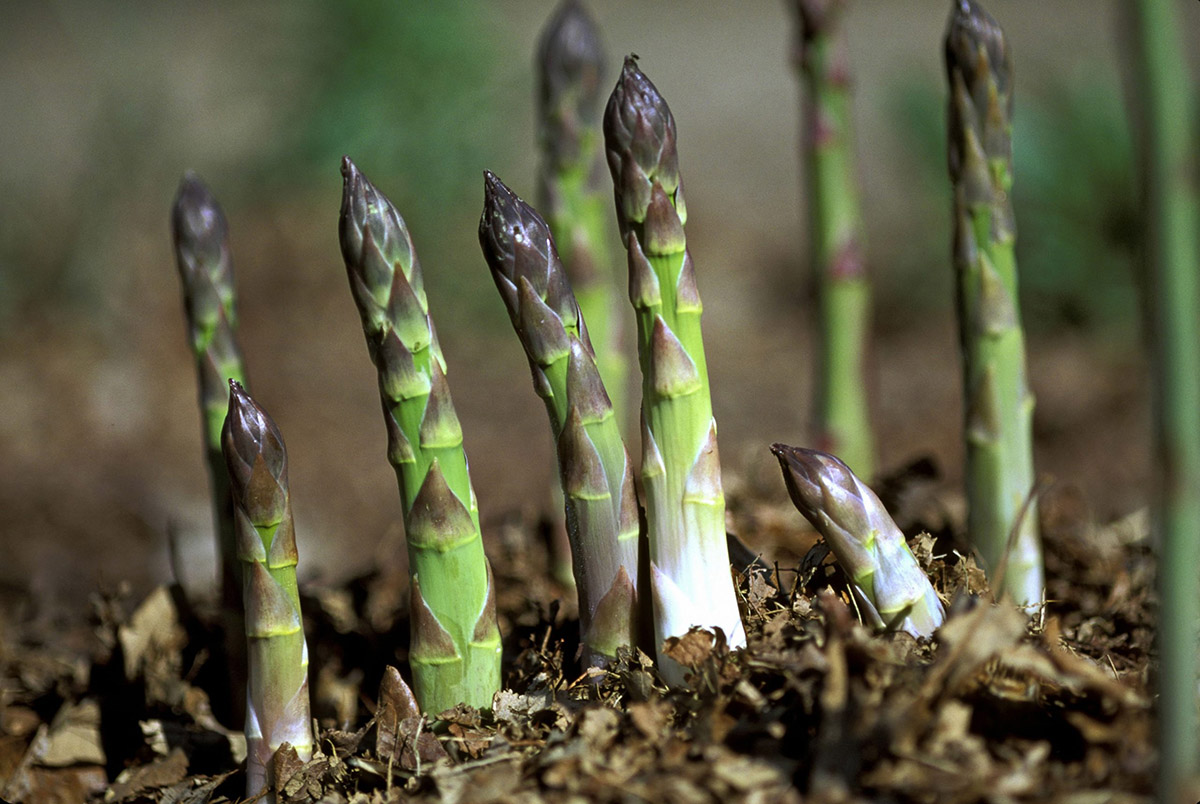
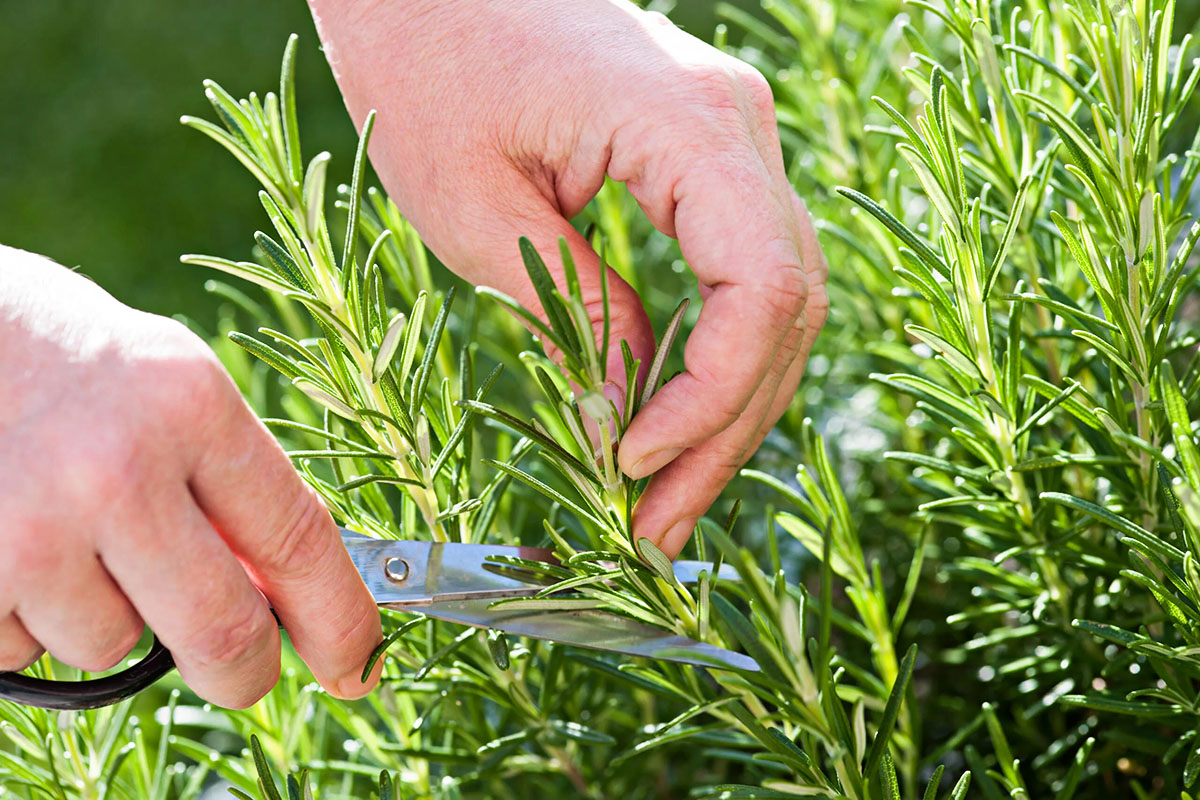

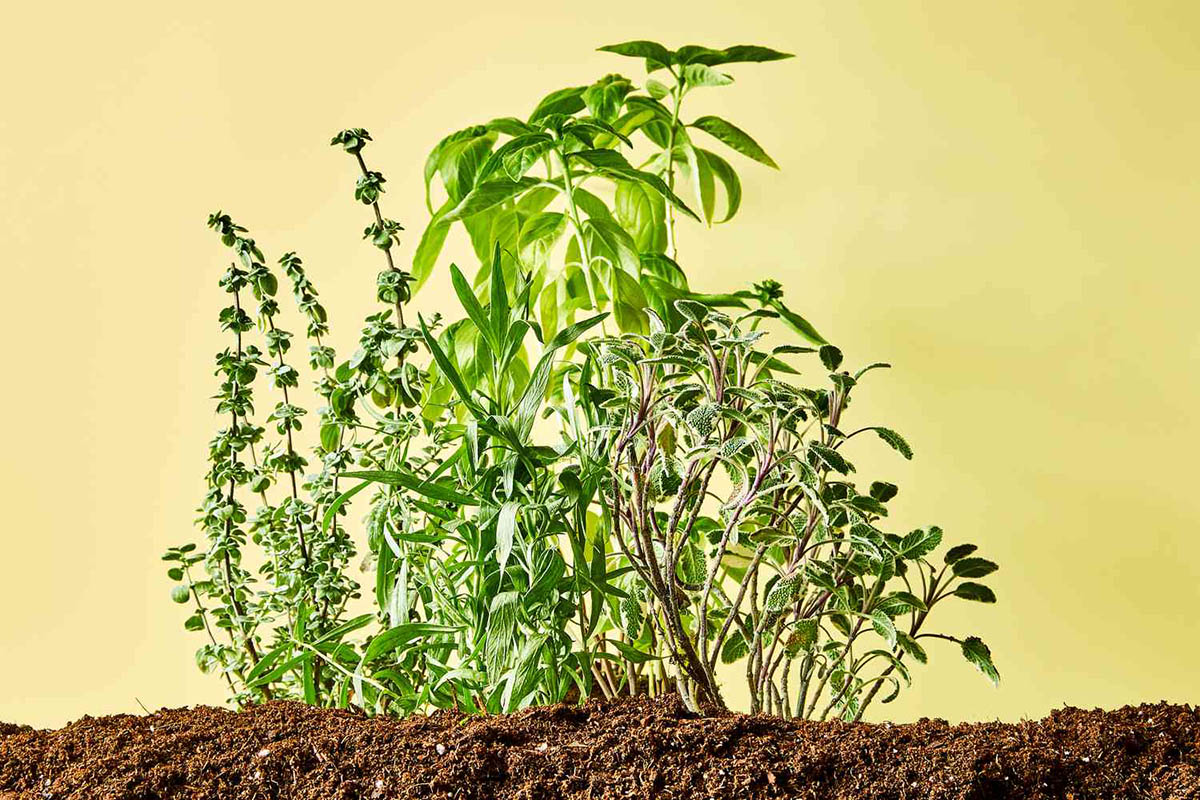
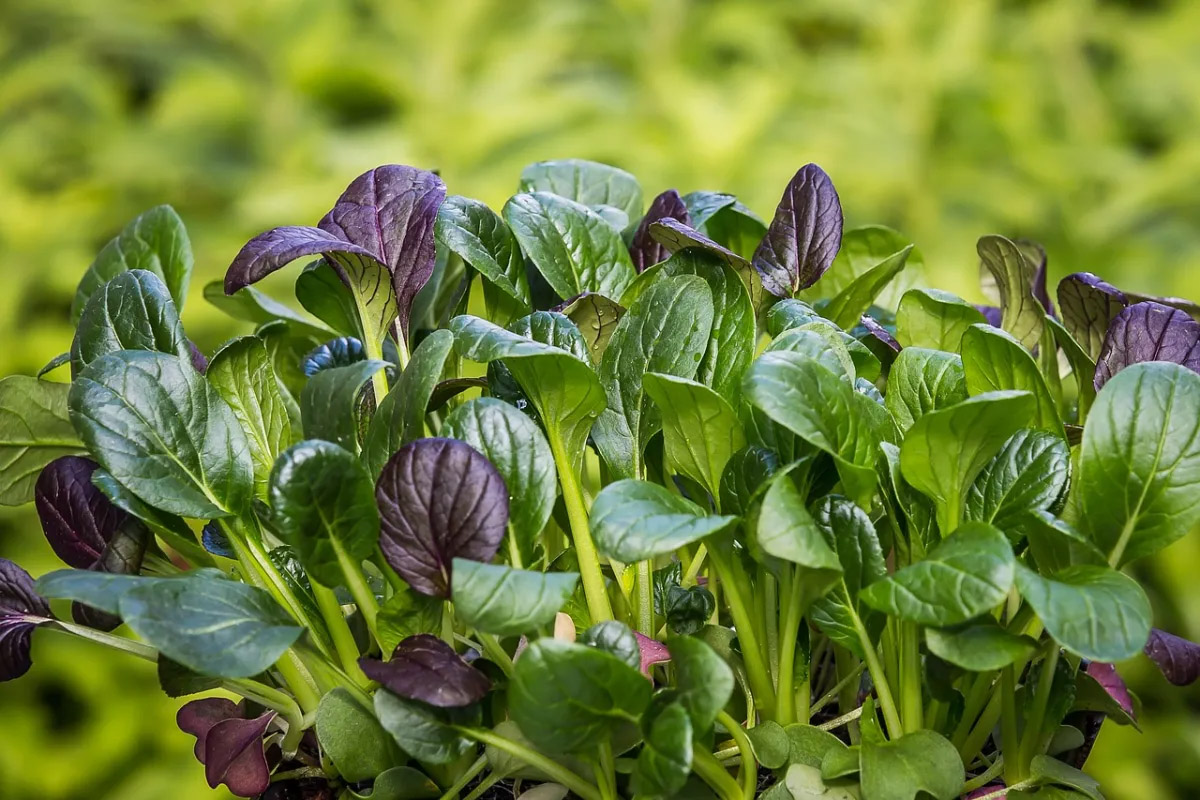
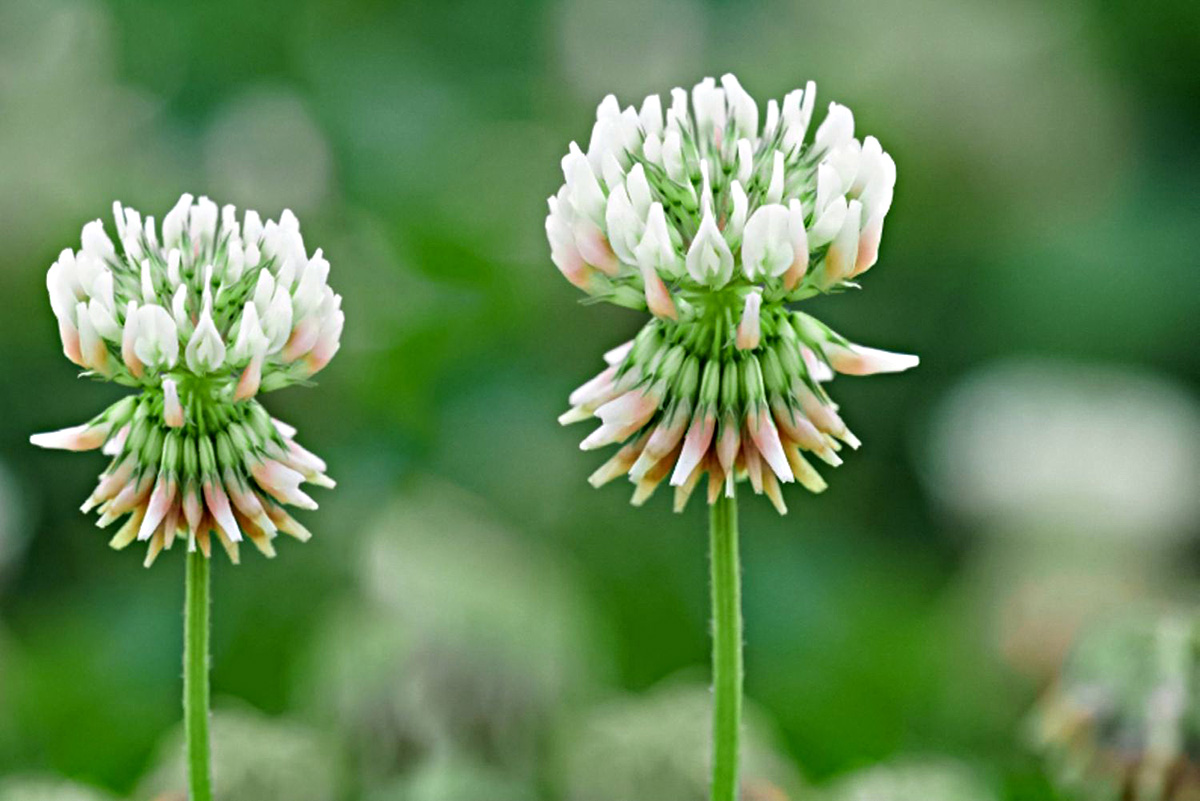
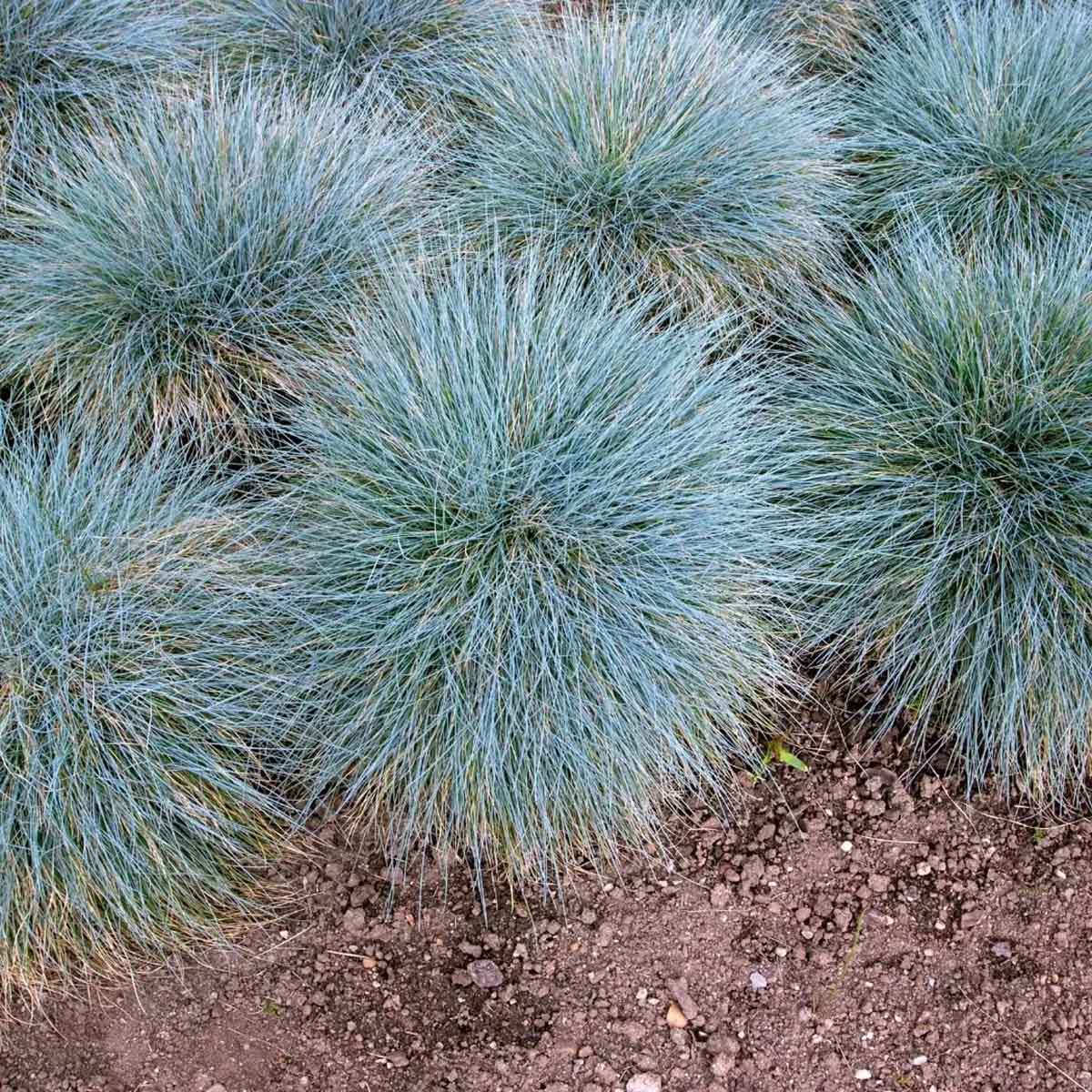
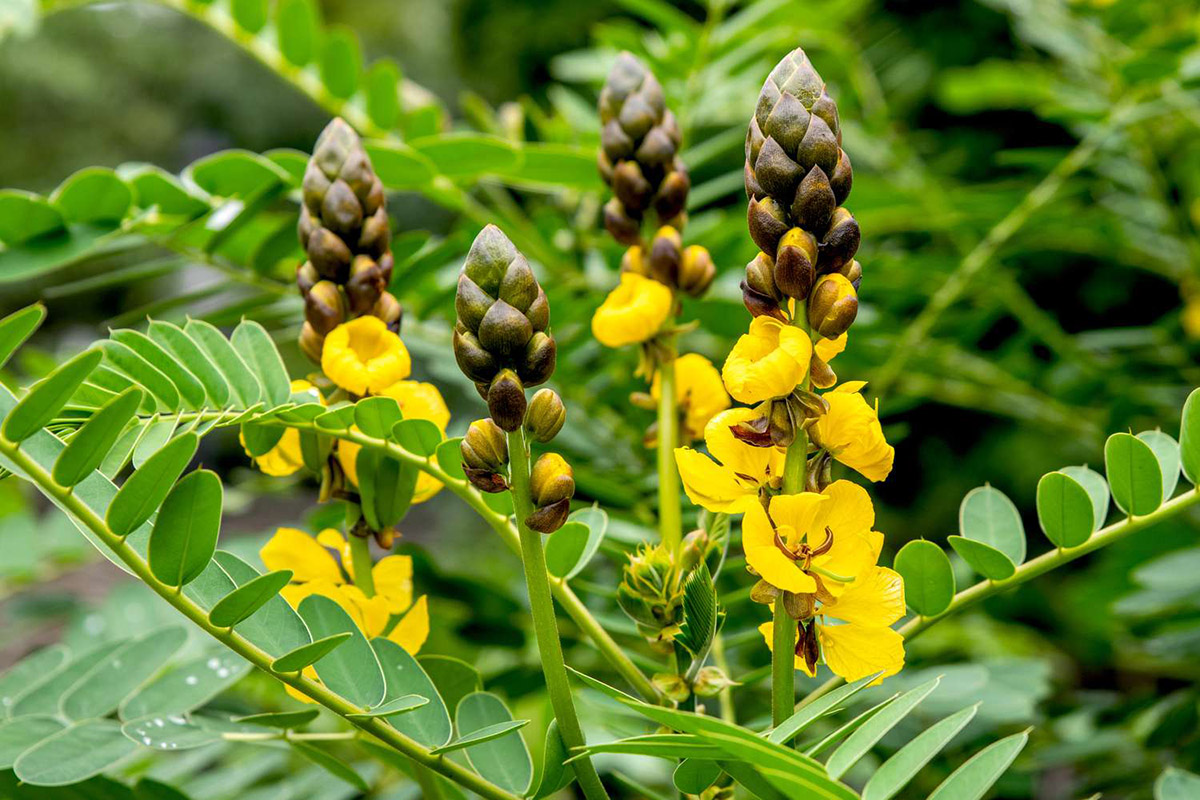
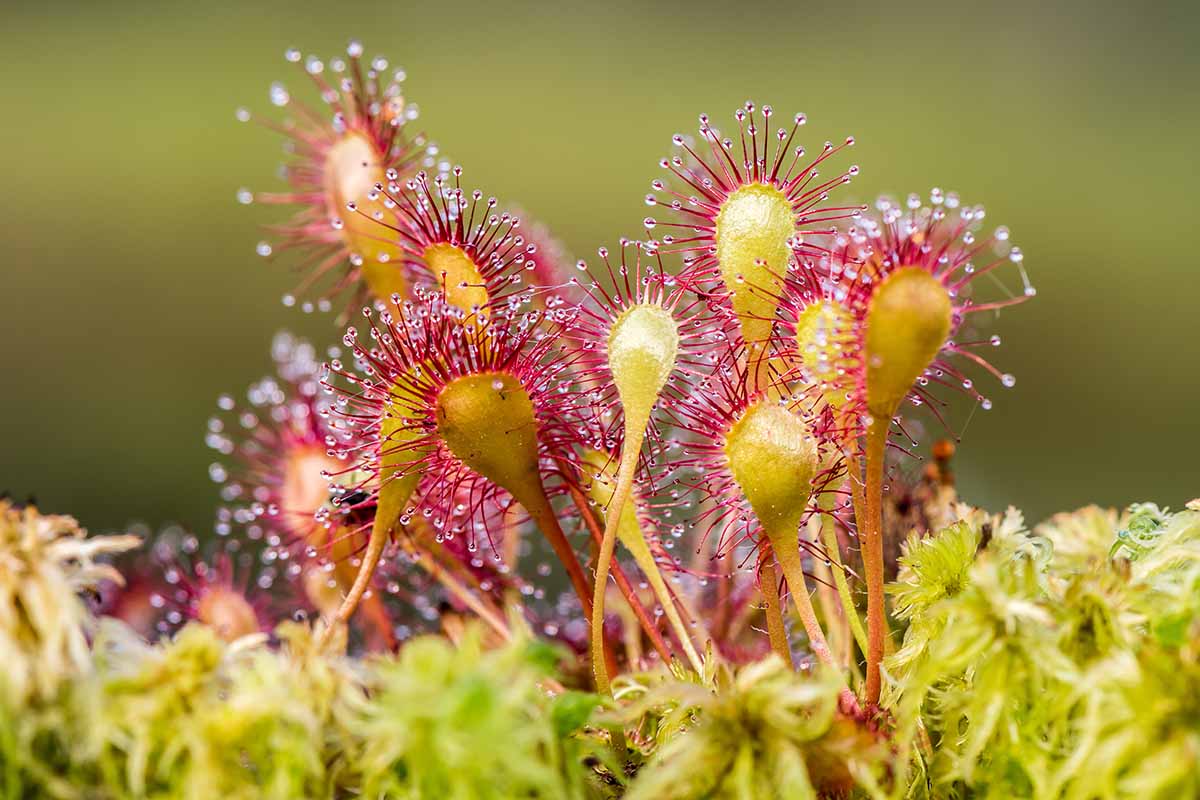
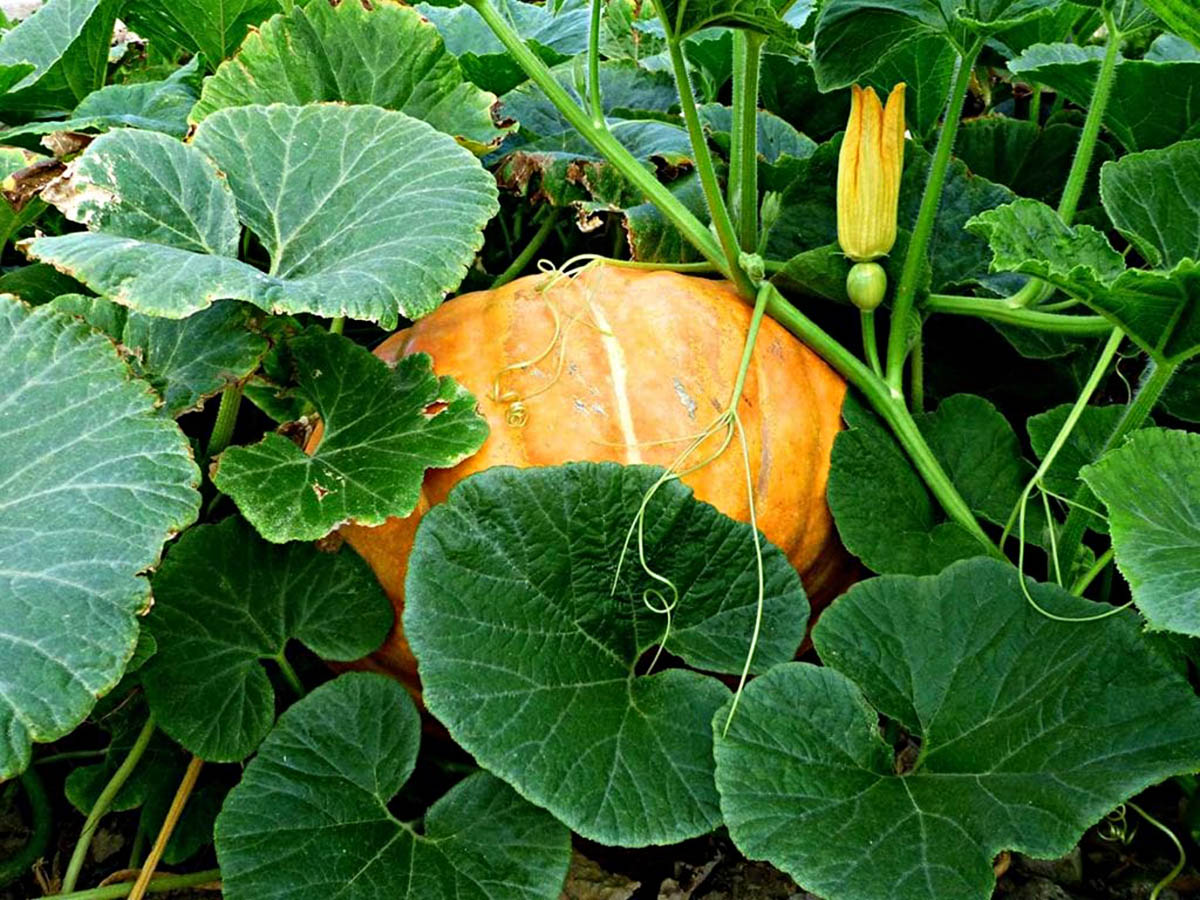
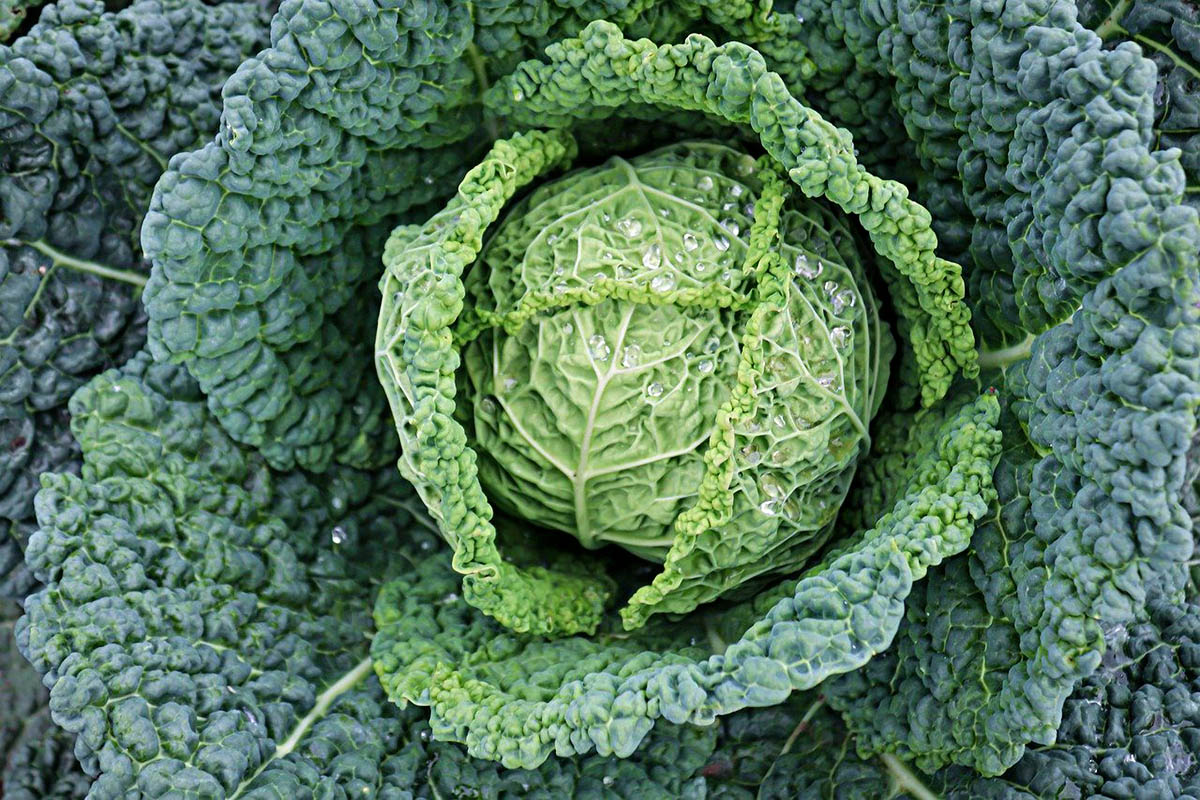

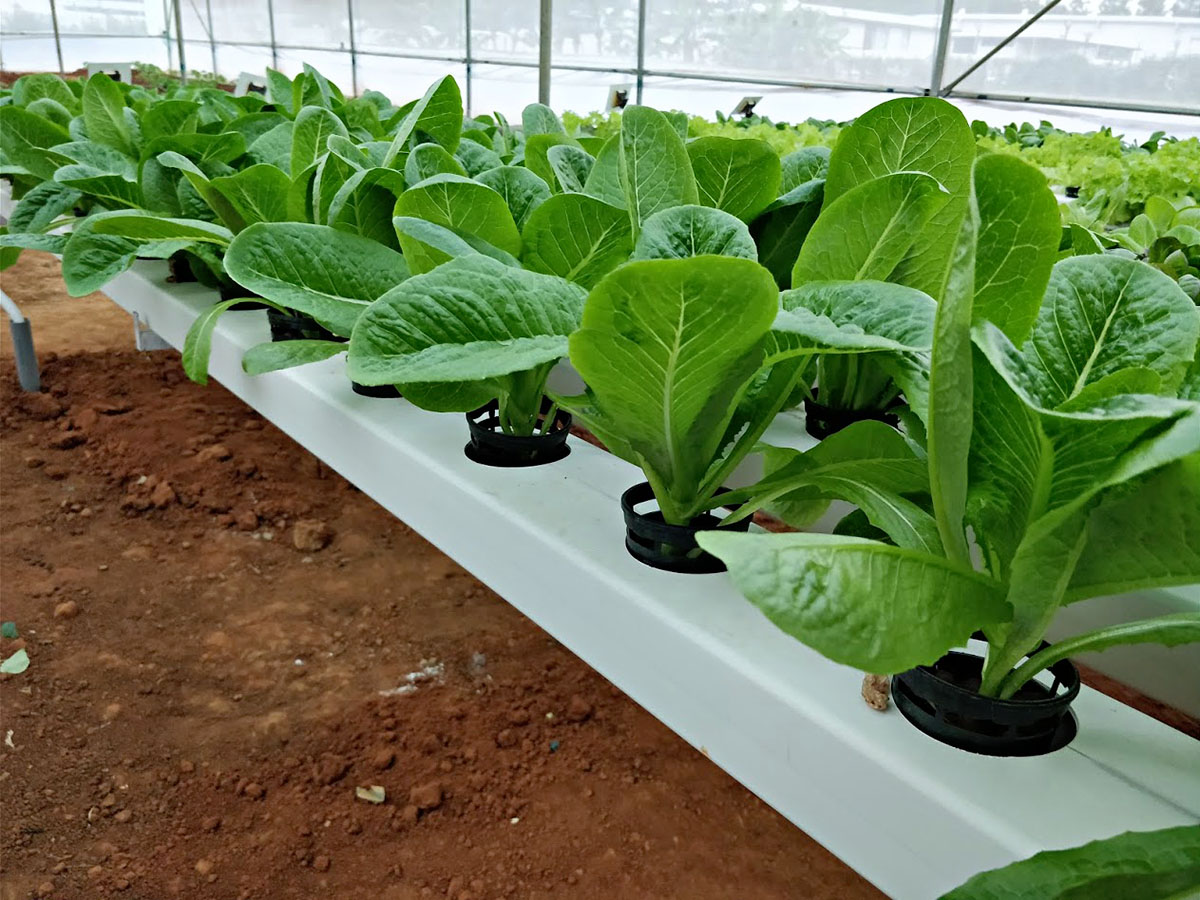
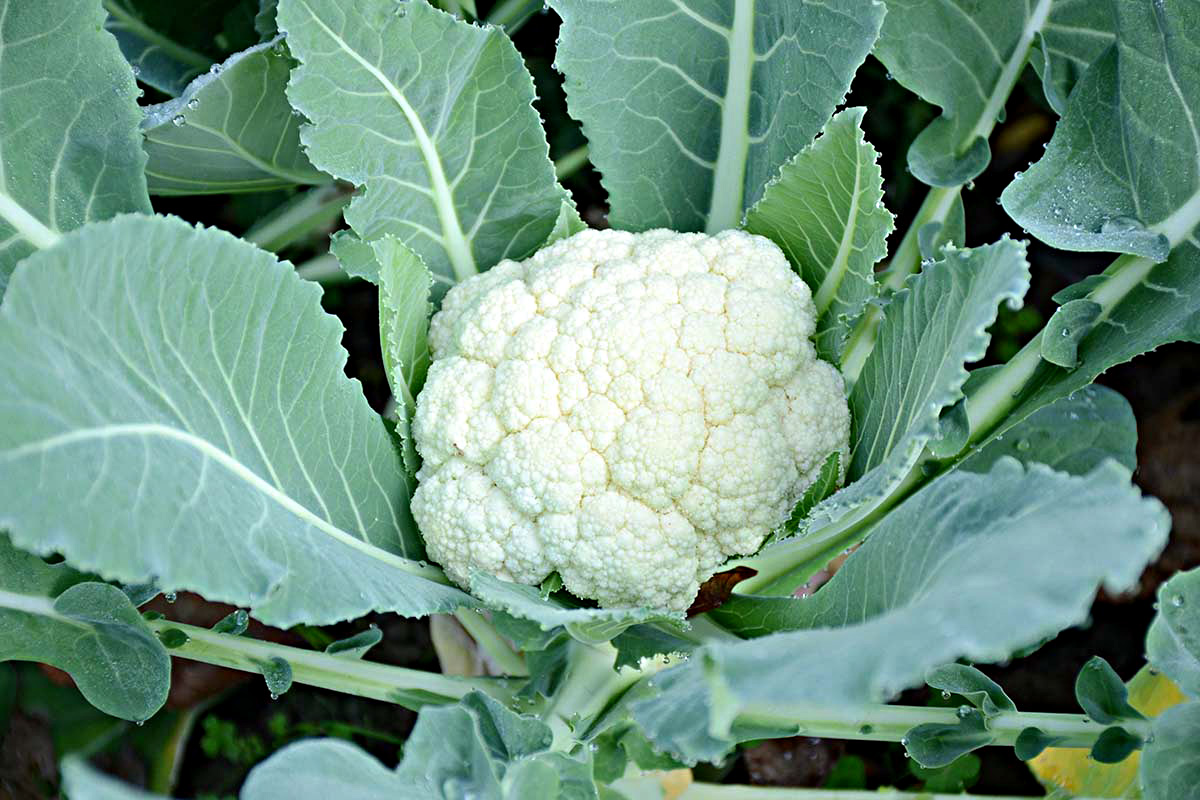

0 thoughts on “How Long Does It Take For Elephant Ears To Germinate”